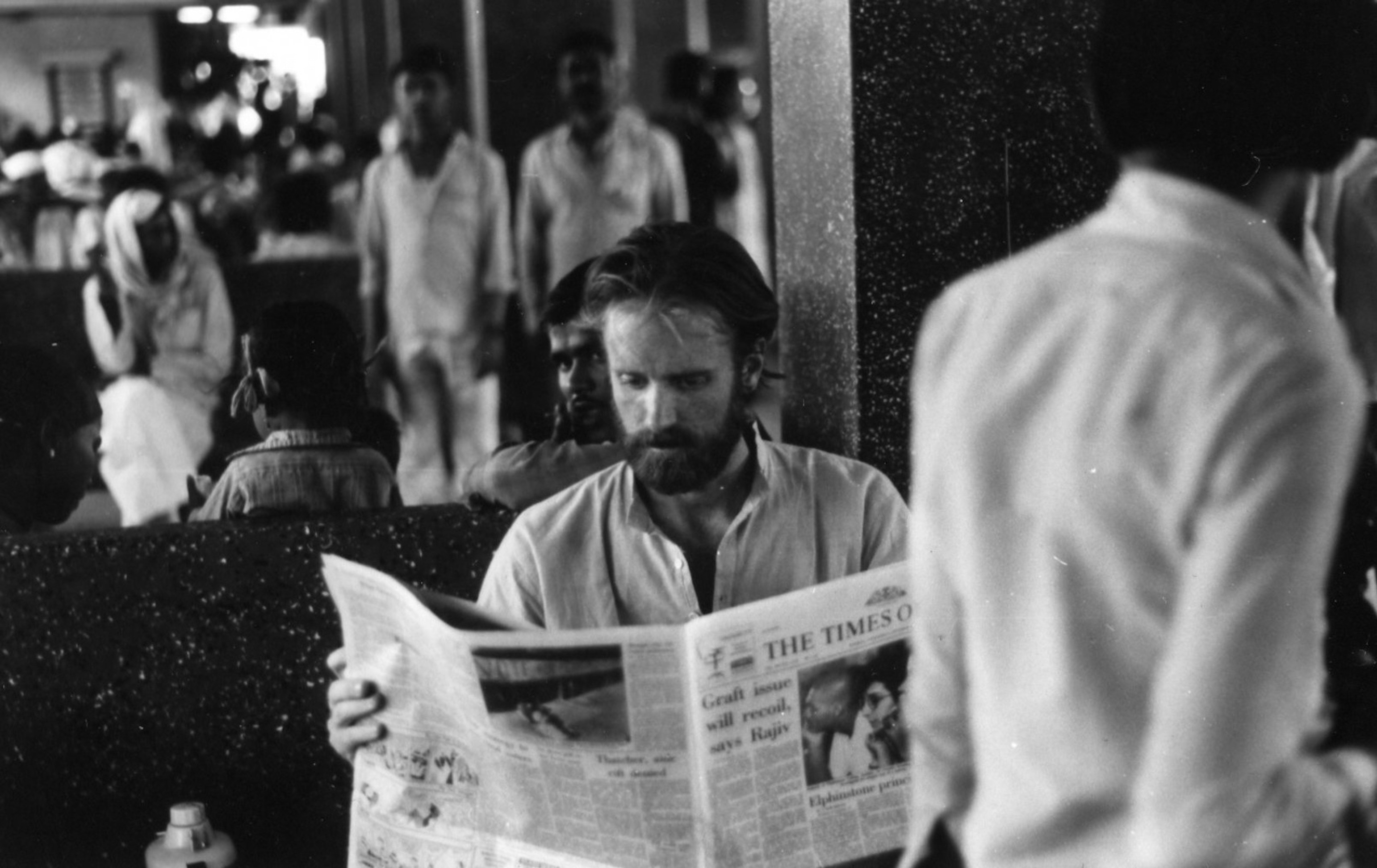The history of what is now India stretches back thousands of years, further than that of nearly any other region on earth. Yet, observes historian John Keay, most historical work on India concentrates on the period after the arrival of Europeans, with predictable biases, distortions, and misapprehensions. One, for example, is the tendency to locate the source of social conflict in India’s many religions–to which Keay retorts, “Historically, it was Europe, not India, which consistently made religion grounds for war.”
Taking the longest possible view, Keay surveys what is both provable and invented in the historical record. His narrative begins in 3000 B.C., with the complex, and little-understood, Harappan period, a time of state formation and the development of agriculture and trade networks. This period coincides with the arrival of Indo-European invaders, the so-called Aryans, whose name, of course, has been put to bad use at many points since. Keay traces the growth of subsequent states and kingdoms throughout antiquity and the medieval period, suggesting that the lack of unified government made the job of the European conquerors somewhat easier–but by no means inevitable. He continues to the modern day, his narrative ending with Indian-Pakistani conflicts in 1998.
Fluently told and well documented, Keay’s narrative history is of much value to students and general readers with an interest in India’s past and present. –Gregory McNamee –This text refers to an out of print or unavailable edition of this title.

































 Sevanti Institute
Sevanti Institute Sevanti Wellness
Sevanti Wellness